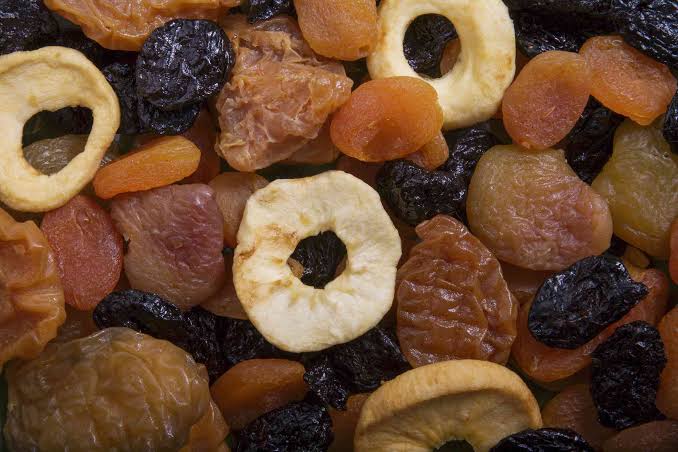In many households, cooking gas is essential for daily meal preparation. However, it can be costly, especially if it seems to run out faster than expected. Managing gas consumption effectively can help not only reduce expenses but also ensure that you are never caught off guard with an empty cylinder in the middle of cooking. By adopting a few practical techniques, you can extend the lifespan of your cooking gas, make your kitchen more energy-efficient, and reduce overall costs. Here are some simple, effective ways to make your cooking gas last longer.
1. Regularly Check for Gas Leaks
Gas leaks are both dangerous and wasteful, as they allow gas to escape from the cylinder unnoticed. To check for leaks, mix some soapy water and apply it around the hose, valve, and cylinder connections. If you see bubbles forming, there’s likely a leak, and it should be fixed immediately by tightening or replacing the faulty connections. This simple step can prevent hazardous leaks and reduce unnecessary gas loss.
2. Use a Pressure Regulator
A well-functioning pressure regulator helps to control the flow of gas, allowing only the necessary amount to be released for cooking. An old or faulty regulator may let gas flow too quickly, increasing consumption. Regularly checking and replacing your pressure regulator can help maintain a steady and efficient flow, thus conserving your gas.
3. Cook with Lids on Pots
Covering pots while cooking is one of the easiest ways to save gas. Lids trap heat inside, which allows food to cook faster and more evenly. By using lids, you can cook meals in a shorter time and with less energy, which helps conserve your gas over time.
4. Batch Cooking
Consider cooking multiple meals at once instead of one at a time. This minimizes the need to turn the stove on and off frequently, which can waste gas. Batch cooking is not only time-efficient but also reduces gas usage by allowing you to make the most of a single cooking session.
5. Avoid Using Excessive Heat
Using high heat when it’s unnecessary can quickly drain your gas. Adjust the flame to match your cooking needs; use low heat for simmering and medium heat for frying or boiling. Reserve high heat for situations that truly require it, such as searing or quick stir-frying....Read Full Article [Click Here>]
6. Maintain a Clean Stove
A well-maintained stove operates more efficiently, reducing gas consumption. Dirt, grease, and food debris can clog burners, leading to uneven flames and forcing you to use more gas to maintain desired temperatures. Regularly clean your stove burners to ensure they’re operating optimally.
7. Match Pots to Burner Size
Using a pot that is too small for the burner wastes energy, as heat escapes around the pot rather than being directed into it. Match pots and pans to the size of the burner to minimize wasted heat and reduce cooking time.
8. Choose Energy-Efficient Cookware
Investing in cookware made from materials like stainless steel or cast iron can help conserve gas. These materials distribute heat evenly, allowing food to cook faster and requiring less energy. Quality cookware may have a higher upfront cost but can save gas over time.
9. Store Gas Cylinders Properly
Proper storage of gas cylinders can extend the gas’s lifespan. Store them in cool, dry areas, away from direct sunlight or other heat sources, as this prevents unnecessary pressure build-up and reduces the risk of leaks.
By incorporating these simple methods into your cooking routine, you can conserve gas, reduce household costs, and enjoy more efficient meal preparation. Small adjustments to your cooking habits, combined with regular stove maintenance, can make a significant difference in the longevity of each gas refill.





